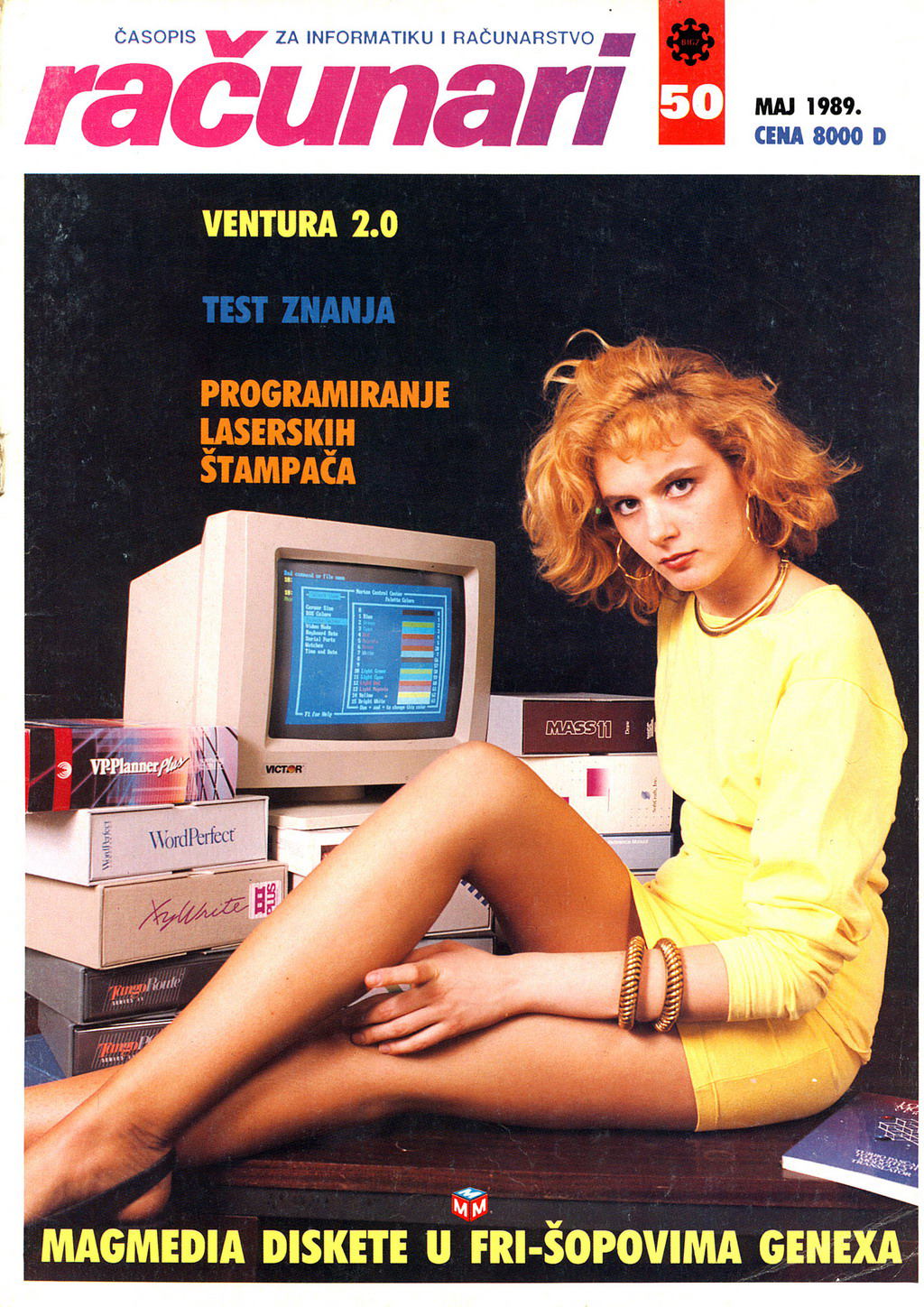
Wearable devices, which are digital diagnostic tools, have the potential of detecting many diseases. They can also provide personalized healthcare services. These wearables monitor various physiological, psychological, social and other variables. However, they have their own challenges. These challenges include safety, precision, energy consumption, computation and safety.
For a long time, clinicians have suggested using wearables to diagnose various conditions. Wearables are able to measure your physical activity and identify your emotional state. In addition, they can be used to detect real-time heart attacks. The downside to wearables is the need for internet connectivity. This makes it difficult to use them in rural areas. Furthermore, their high price makes them unaffordable for many people in the developing world.
The first wave in wearable technology was fitness activity trackers. They can be worn on the wrist which allows continuous monitoring of a wide variety of parameters. This information can be used in order to prevent deaths and make early diagnoses.

Wearables have seen recent advances in smart tattoos which include flexible electronic sensors. These sensors can be used to measure heart activity, muscle function, sleep, and other aspects of life. Some researchers even test microchip implants that are placed on the fingers. These devices are based upon radio-frequency ID (RFID) or near-field communication.
A digital medical record can be integrated with wearables. A smart watch could provide real-time information about a person’s heart rate and oxygen saturation. Wearable data can help detect many diseases and conditions, such as Alzheimer’s disease, depression and Parkinson's. Wearables can detect dyskinesia, a condition that can lead to heart attacks, and can also be used in real time to monitor them.
Wearables will continue to be dominated by ML algorithms. Wearables can offer highly personalized information about the human body by using machine-learning (ML). Machine-learning techniques are able to detect emotional and psychological disorders. Wearables that use ML can be used to help clinicians understand patients' behaviors and provide better treatments. Wearables can also help patients make treatment choices.
Wearable smart devices can be used to treat social anxiety and sleep disorders. Ko et. A study by Ko et.al. found that ECG data was more accurate than heart rate data from a wearable device. The clinical trial that involved over 60 patients showed that self monitoring using a watchable resulted is a more accurate diagnosis.

Similarly, a study by Nelson et al. Nelson et. al. also compared Fitbit data and Apple Watch accuracy to ECG data. The accuracy of the Apple Watch was higher than that of the Fitbit which did not meet the accuracy guidelines. Despite this, results from this study show that ML algorithms can improve the accuracy wearable data.
Wearables can be used to diagnose a wide range of conditions thanks to advances in ML algorithms. They can also help determine if symptoms are linked to specific diseases. This can lead directly to more effective treatment.